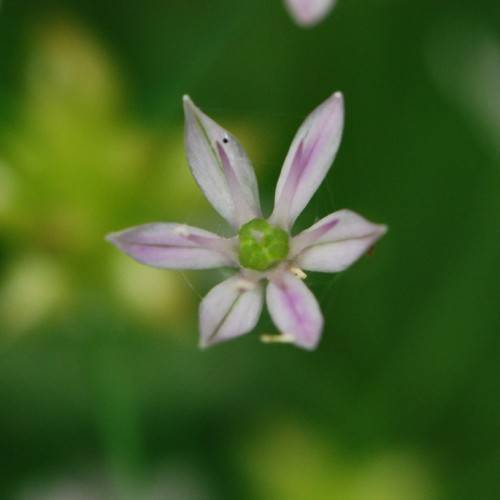
Canada Garlic
Allium canadense
Watering:
Frequent
Hardiness Zone:
Sun:
full sun,part shade
Fruits:
Fruits Ready In Fall
Edible:
Yes
Leaf:
Yes
Growth Rate:
Low
Salt Tolerant:
Yes
Care Level:
Medium
watering
Strawberry Ground Cherry should be watered once every 10-14 days, allowing the soil to dry out between waterings. Water should be applied until it runs out of the holes in the bottom of the pot, and water should not sit in a tray underneath the pot. Once every 2 weeks, mix a balanced fertilizer into the water for added nutrition. During hot and dry summer months, this plant may require more frequent watering, but ensure that the soil does not become soggy or water logged.
sunlight
Strawberry Ground-Cherry plants need 8 - 12 hours of direct sunlight per day in order to perform their best. It is best to plant them in a location that receives morning sun or all-day dappled sunlight as that will protect them from the hot afternoon sun, which can be too intense for this species. Avoid planting Strawberry Ground-Cherry in deep shade for extended periods as this will prevent them from producing flowers or fruiting.
pruning
For Alkekengi officinarum, the best time for pruning is when the plant is dormant, in late winter or early spring. Pruning should be done to shape and control the growth of the plant and should be done very carefully to avoid damaging the delicate flowers and berries. Start pruning by removing any dead, damaged or diseased branches or stems. This will help open up the plant and increase air circulation which will reduce chances of disease. Then, prune back any lanky or unbalanced branches to promote an even shape for the plant, and also to maintain a desired height and size. Finally, remove any low growing or weak branches that are growing away from the main stem. Prune the remaining branches lightly, leaving short side branches which will encourage the plant to flower more fully. Overall, pruning should be done sparingly and with patience – only remove a couple of branches at a time so as not to overwhelm the plant and encourage healthy growth.
